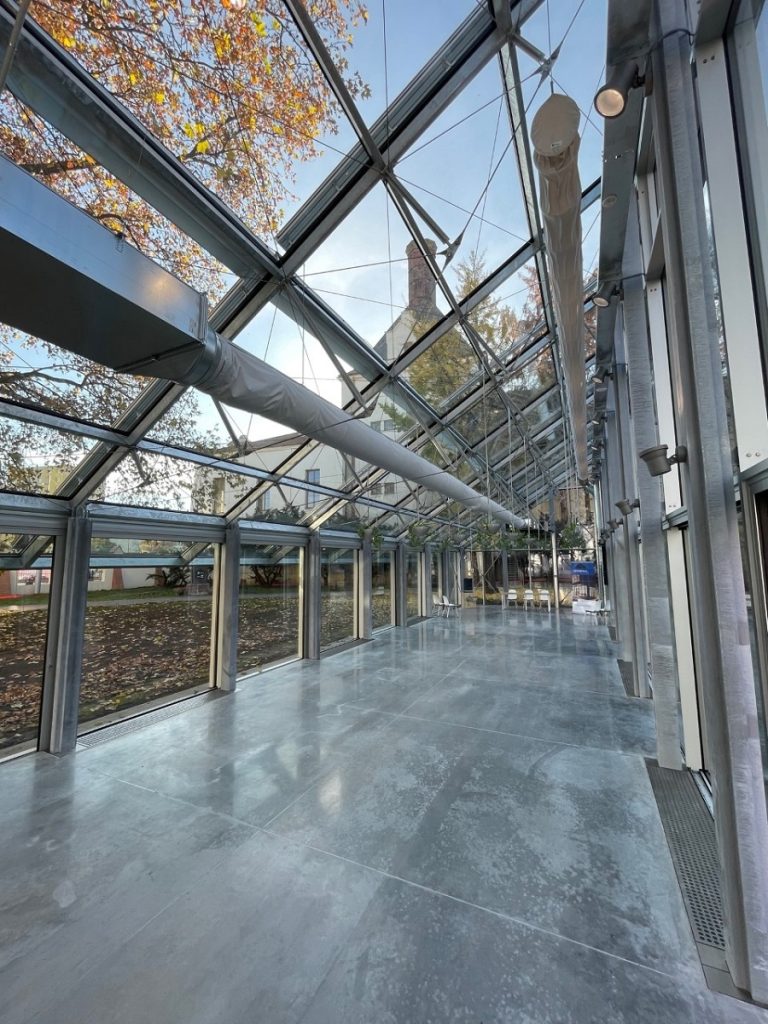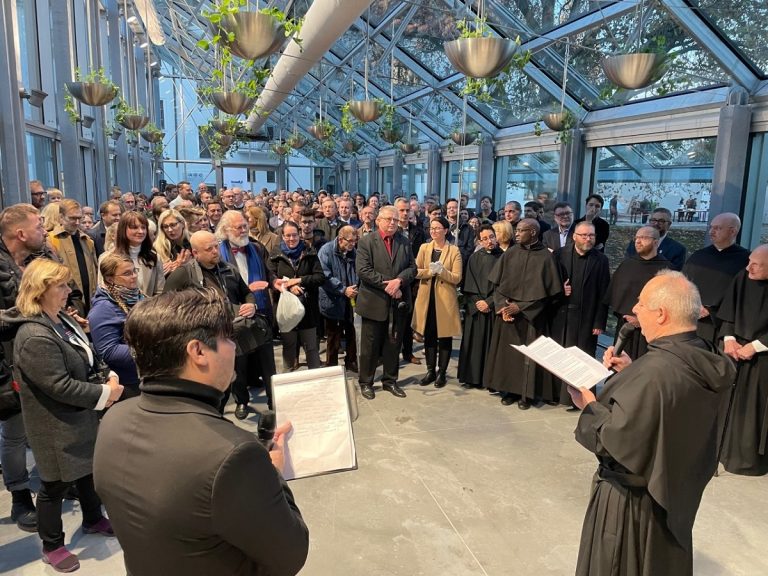In Mendel’s time, the abbey was a significant centre of culture and education in Brno. Photo credit: Spolecne, o.p.s.
Brno, Nov 12 (CTK) – The restored Mendel greenhouse in the garden of the Augustinian Monastery in Brno was opened yesterday in the presence of representatives of the city and the South Moravian Region. The greenhouse was where Gregor Johann Mendel conducted his experiments with peas, which laid the foundations of the new scientific branch of genetics.
The greenhouse, worth CZK 38 million, was designed by the Chybik + Krystof studio, and constructed mainly from glass and steel. It has been built on the site of the original greenhouse where Mendel worked in the second half of the 19th century, and will serve as a multifunctional facility hosting lectures, courses and cultural and social events.
In Mendel’s time, the abbey was a significant centre of culture and education in Brno. The restored greenhouse can become not only part of the legacy of Mendel and his time, but also a place for a dialogue between science and faith, said Alejandro Moral, the Prior General of the Order of Saint Augustine.
“G. Johann Mendel, despite his extreme shyness in his young years, became a beloved secondary school teacher with excellent teaching skills,” said the Bishop of Brno Pavel Konzbul. “His reason, enlightened by his faith, managed to outstandingly interconnect the worlds of mathematics and botany and thereby come to the discovery we know now as the Mendelian inheritance rules. His ability of analytical thinking is a practical example of a connection between science and faith.”

According to South Moravia Governor Jan Grolich (KDU-CSL), the greenhouse and the abbey have the potential to become UNESCO-listed.
Gregor Johann Mendel, the founder of genetics who was born 200 years ago this year, studied mathematics, physics and sciences at the university in Vienna. He was the first to apply mathematical models to biological research. He accomplished most of his achievements in the Augustinian Abbey in the Stare Brno neighbourhood, where he was also ordained a priest and later became the abbot. The square, Mendlovo namesti, has since been renamed in his honour.







